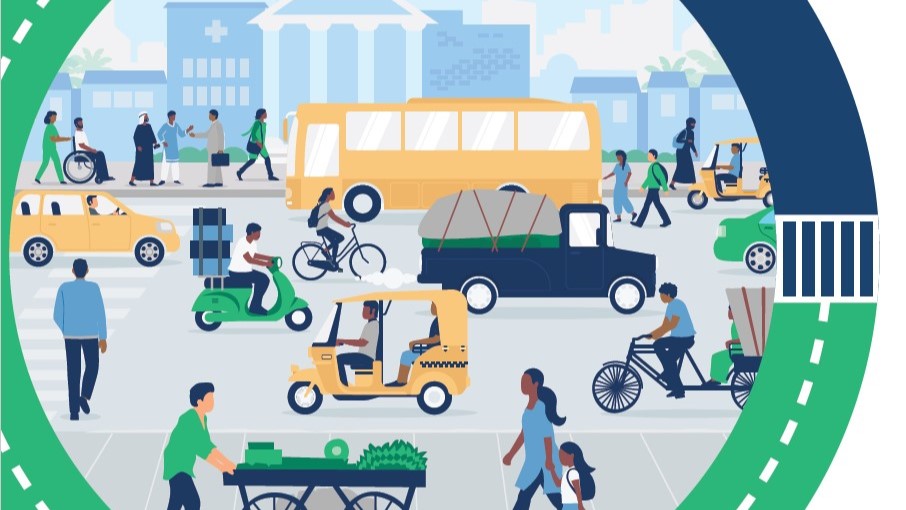
The Global Status Report on Road Safety 2023 was launched by WHO today. While progress has been made, the Global Alliance of NGOs for Road Safety (the Alliance) calls for greater investment in evidence-based interventions that put people at the center to halve road deaths and injuries and provide safe, affordable, accessible, sustainable mobility by 2030.
According to the report, 1.19 million people are killed on the world’s roads every year, a decrease of 5% since 2010. In that time, 10 countries achieved at least a 50% reduction in road deaths and 85 achieved reductions between 10-49%, proving that the 2030 road safety targets are possible if governments invest in the right actions. The report notes that some of the greatest reductions were made “where the safe system approach – which puts people and safety at the core of mobility systems – was applied.”
However, in 66 other countries, road deaths increased. The Alliance observes that too many governments are still not taking road safety seriously enough. The time for excuses is over. We call for stronger, more urgent action.
Governments must implement interventions that have been proven to save lives and reduce injuries
We know what works to reduce road deaths and injuries. These life-saving interventions must be scaled up. Only three countries reported having laws mandating national 30 km/h limits in urban areas where people and vehicles mix, and, while 160 countries reported having legislation on motorcycle-helmet use, only 54 of those meet WHO best practice.
Governments must allocate funding based on evidence and impact
Road crashes remain the leading cause of death for those aged 5–29 years old and 66% of those killed around the world are of working age, harming productivity and driving families into poverty. The global macroeconomic cost of road injuries is estimated in the report at US$ 1.8 trillion — approximately 10–12% of global GDP. However, few countries are investing enough in road safety: 117 countries reported having a national road safety strategy but only 16 of them said they were fully funded. Most countries reported not knowing how the strategy was funded.
Governments must put people at the center of mobility
More than half of road deaths occur among pedestrians, cyclists, motorcyclists, and micro mobility users[1]. The report shows how these at-risk groups are overlooked in road infrastructure: only 21% of assessed roads meet a minimum 3-star safety standard for pedestrians and only 0.2% of roads have cycle lanes[2]. The report also warns that our car-centric mobility systems are unsustainable: the number of motorized vehicles on the world’s roads has increased by 160% since 2010, and, with 60% of the global population expected to live in urban settings by 2030, “increased demand for mobility will exceed the capacity of most current systems.”
Rethinking mobility to prioritize walking, cycling, and public transport is essential for people and the planet, tackling global crises of climate, health, and inequity. To make that shift, journeys must be safe for all road users.
The Alliance’s Executive Director, Lotte Brondum, commented, “The data in the Global Status Report shows that halving road deaths by 2030 is possible but inaction is still letting people down, especially those who can least afford it. The report calls on civil society to ‘generate evidence and hold leaders to account.’ NGOs’ role is to make these global numbers tangible and local, showing the reality of people’s daily journeys, and to make sure that our decision makers act upon the findings we read today to halve road deaths and guarantee people’s right to safe, affordable, accessible, sustainable mobility.”
Read the report HERE.
[1] Pedestrians (23%); riders of powered two- and three-wheelers (21%); cyclists (6%); and users of micro-mobility devices such as e-scooters (3%)
[2]500,000 km of roads surveyed in 82 countries using iRAP ratings